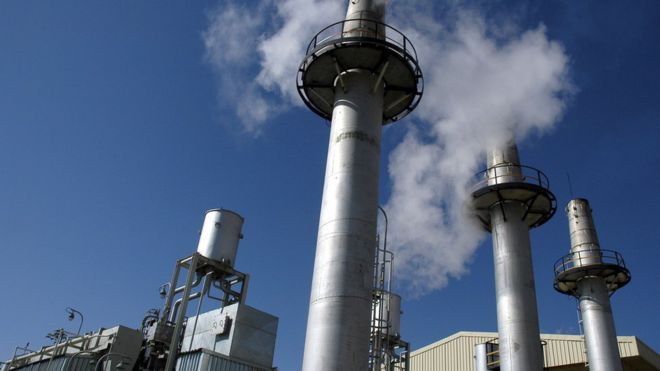Pulitzers honor coverage of Gaza and Sudan wars, Trump assassination attempt
Iran fills Arak nuclear reactor core with concrete

Reuters / The Arak facility will be reconfigured to make it incapable of producing material for a nuclear weapon.
Iran has removed the core of its Arak heavy-water nuclear reactor and filled it with cement, according to the country’s official news agency Fars.
The fate of the reactor was one of the toughest sticking points in Iran’s long nuclear negotiations last year.
Under the terms of the deal, Iran agreed the heavy-water reactor would be reconfigured so it was not capable of yielding material for a nuclear weapon.
The removal of the core is one of the final steps required by the deal.
It will bring Iran closer to the relief from economic sanctions negotiated in exchange for changes to its nuclear industry.
The negotiations were conducted with the so-called P5+1 – the US, the UK, China, France, Russia, and Germany, and led to the Joint Comprehensive Plan of Action (JCPOA).
All six nations involved in the negotiations have agreed to participate in the redesign and construction of a modernised reactor at Arak.
Iran denies that any of its nuclear activity is geared at developing weapons, and says the 40-megawatt, heavy-water plant at Arak is used to produce isotopes for cancer and other medical treatments.
Behrouz Kamalvandi, the spokesperson for Iran’s atomic energy agency, told the Etemad newspaper Iran “has met its commitments under the July nuclear agreement earlier than expected”.
“Implementation of JCPOA will finish in the next seven days,” he said.
Iranian President Hassan Rouhani said in a speech broadcast live on state television on Monday: “We are hopeful that the sanctions against Iran will be lifted in the next few days.
”
Under July’s agreement, the International Atomic Energy Agency will decide when Tehran has complied fully with its obligations.
Key areas of the nuclear deal:
Uranium enrichment: Iran can operate 5,060 first generation centrifuges, configured to enrich uranium to 3.67%, a level well below that needed to make an atomic weapon. It can also operate up to 1,000 centrifuges at its mountain facility at Fordow – but these cannot be used to enrich uranium.
Plutonium production: Iran has agreed to reconfigure its heavy water reactor at Arak, so that it will only produce a tiny amount of plutonium as a by-product of power generation, and will not build any more heavy water reactors for 15 years.
Inspections: International monitors will be able to carry out a comprehensive programme of inspection of Iran’s nuclear facilities.
Sanctions: All EU and US energy, economic and financial sanctions, and most UN sanctions, will be lifted on the day Iran shows it has complied with the main parts of the deal.













Leave a Reply
Be the First to Comment!
You must be logged in to post a comment.
You must be logged in to post a comment.